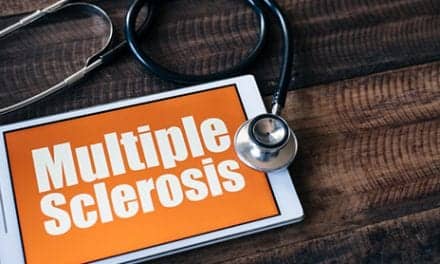An international team of researchers led by Karolinska Institutet in Sweden have discovered that a cell type in the central nervous system known as oligodendrocytes might have a different role in the development of multiple sclerosis (MS) than previously thought. The findings, published in the journal Neuron, could open for new therapeutical approaches to MS.
MS is driven by immune cells attacking oligodendrocytes and the myelin they produce, which is an insulating layer ensheathing nerve cells. These attacks disrupt information flow in the brain and spinal cord and causes nerve damage that triggers symptoms associated with MS such as tremors and loss of gait.
Understanding which mechanisms influence the risk of MS is central to finding effective therapies. Previous genetic studies have found regions in the human genome that contain mutations (single nucleotide polymorphisms) associated with increased risk of MS.Many of these regions are localized near genes that are active in immune cells.
Open Configuration of the Genome
In this study, the researchers show in mice and human brain samples that oligodendrocytes and their progenitors have an open configuration of the genome near immune genes and at MS-risk associated regions. This suggests that the MS risk mutations may have a role in the activation of nearby genes in oligodendrocytes and their progenitors, meaning they could play a more important part than previously thought in the development of MS.
“Our findings suggest that the risk for multiple sclerosis might manifest by misfunction not only of immune cells, but also of oligodendrocytes and their precursor cells. These findings indicate that these cells can also be targeted for therapeutical approaches for MS, to prevent misfunction that might be caused by these mutations.”
— Gonçalo Castelo-Branco, professor at the Department of Medical Biochemistry and Biophysics, Karolinska Institutet, who conducted the study with co-first authors Mandy Meijer, a PhD student, and Eneritz Agirre, a researcher
[Source(s): Karolinska Institutet, Science Daily]





